ODA NOBUNAGA TOUR/ Shinchou Saryou
This is an extra chapter, still related to my Nobunaga Tour, but focusing on one of the attractions related to him, rather than an exquisitely historical stage.
Here I'll tell you about the Shinchou Saryou one of the attractions of Kyoto, dedicated to Nobunaga and promoting and supporting the gathering of its fans:

This place is famous for two reasons: first, it's placed on the grounds where was once located the Honnoji, the Buddhist temple where Nobunaga met his end by the hands of his treacherous retainer Akechi Mitsuhide, and second, it's a restaurant and bar where you can savour dishes and drinks inspired to Nobunaga and his fellow bushi.
I was greeted by a confused yet affable employer who guided me through the first floors right at the entrance of the local.

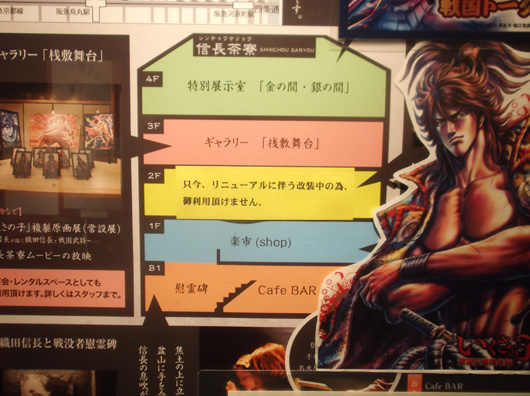
It seemed as if it was going through some "renewal" of sort.
This posed a problem, as I was extremely hungry after the Jidai Matsuri and I was really looking foward to "Nobunaga's Curry Rice" ToT !!
Anyway, the first floor is a shopping area, with all kind of Nobunaga's merchandising exclusive of the place.
The place is open from 1100 to 1700.
This piqued my interest:
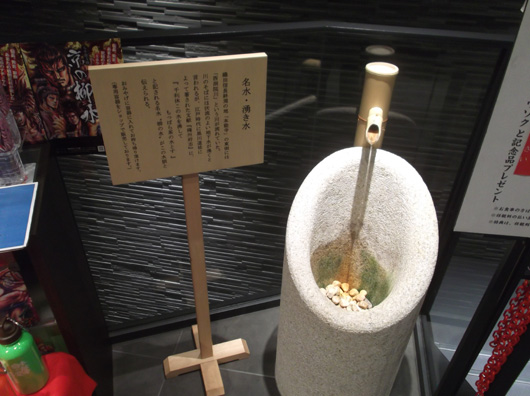
Expecially after I noticed that the water was on sale-- Here you can use one of those exclusive bottles with some Ikusa no Ko artwork:
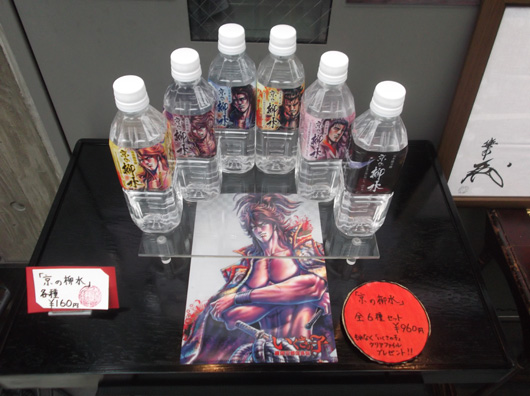
Uhm--
I started to walk downstair and I was alerted by the employer that I had to pay an entrance fee of 500 yen.
I was presented a small round candle (I'll explain later) and a set of two postcards... Cool!
The downstairs area is a sort of shrine dedicated to Nobunaga and those who died at Honnoji.
The main feature is this huge sumi-e painting portraying a dragon (here's a picture that the employer forced me into XD):
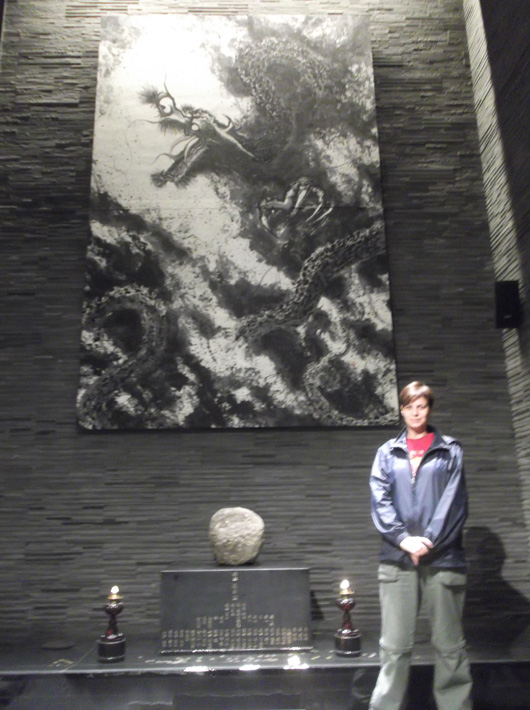
This painting, work of the artist Kawashibara Shinpei, probably refers to that legend.
This is the Bonsan cenotaph, placed on top of a little altar dedicated to the resting souls of Nobunaga and those who died with him.
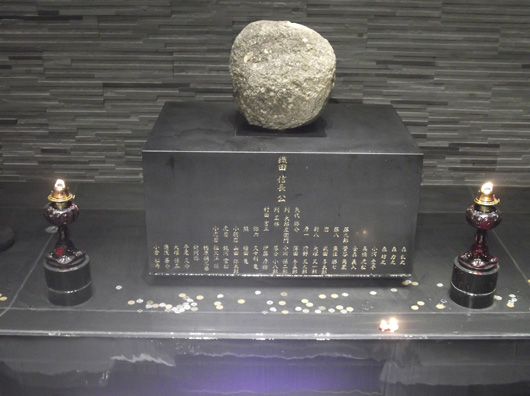
On the altar are engraved the names of Nobunaga and his slaughtered retinue... Do you see those two tiny candles floating on the water? One it's the candle that I was given at the entrance... It's a way to pray for the peace of those people.
In fact, besides the candles, it's possible to buy an ema, where one can write their wishes:
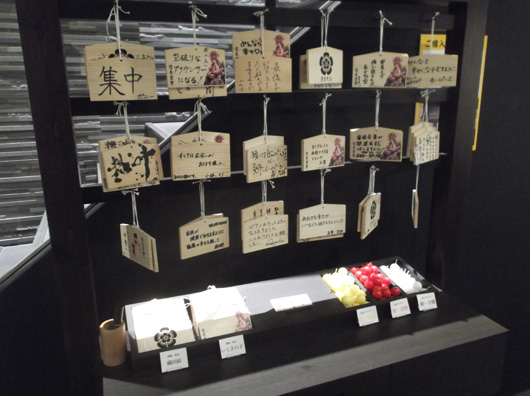
Back to our altar, here's a portion of ground left visible:
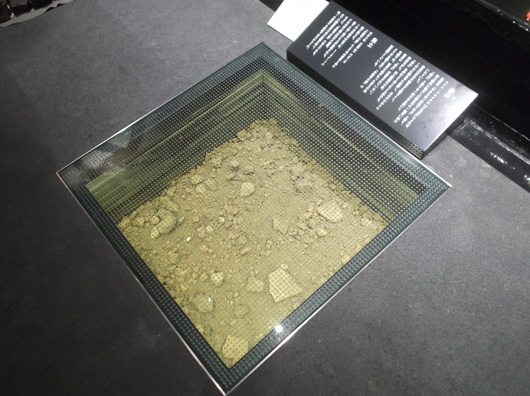
Next to the altar is this basket with some of the same soil:
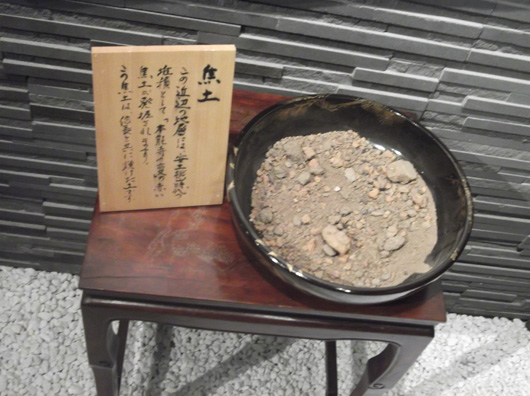
Here's a place where you can wash your hands:

Anyway, here is an intense piece separating the "temple" from the bar:

Here are some shots of BAR ZIPANGU:
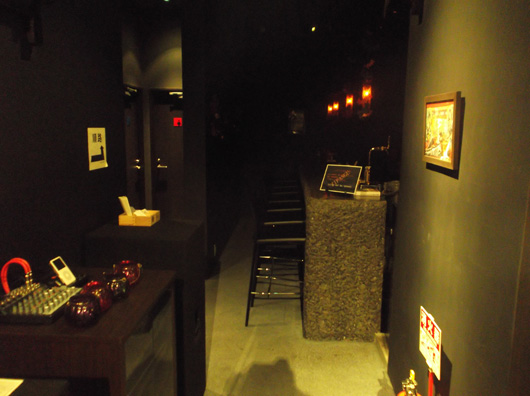

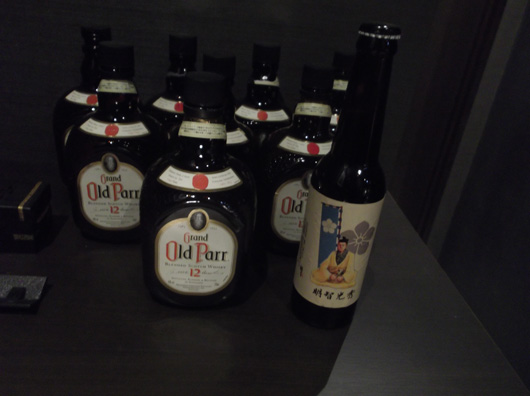
As the restaurant was closed I considered to come back to drink something, but I'm not the type to drink alcohol in a bar, expecially overpriced drinks XD
Up we go to the third floor!

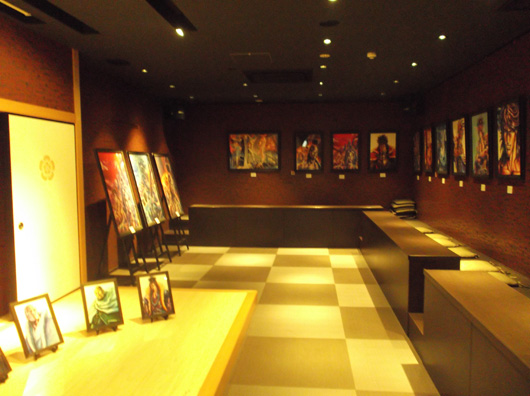

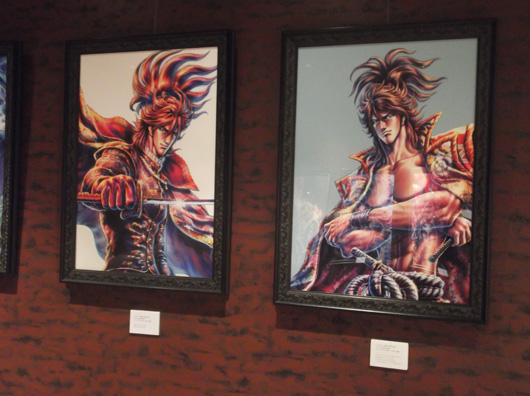
Next is the fourth and last floor, that acts as a library/reading room:
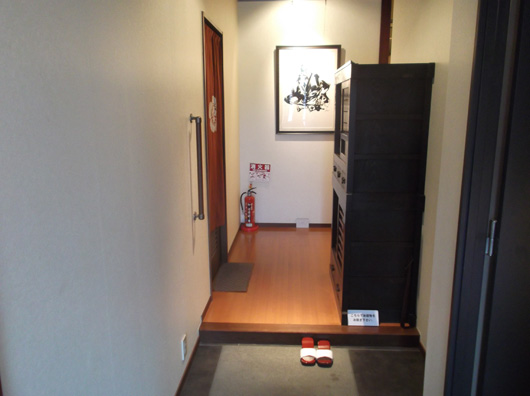


The reading rooms sport a TV running a documentary about the Incident of Honnoji, and a little library with some magazines and manga of interest.

Among the collection, I found some interesting contributions.
First of all this number of Rekishi about everything Nobunaga!
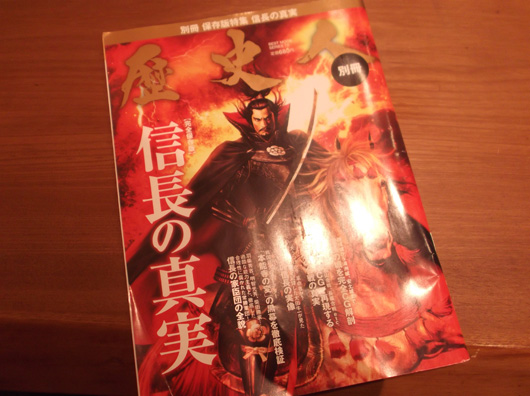
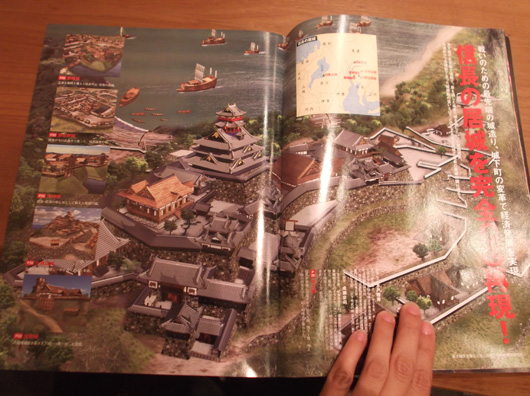

The second interesting find is this book, dedicated to the spots in Kyoto that have a relationship with various Sengoku era personalities:

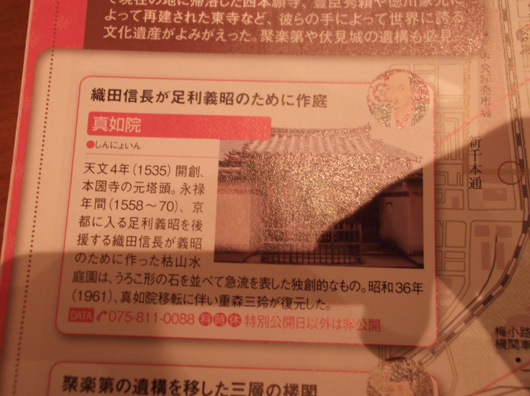
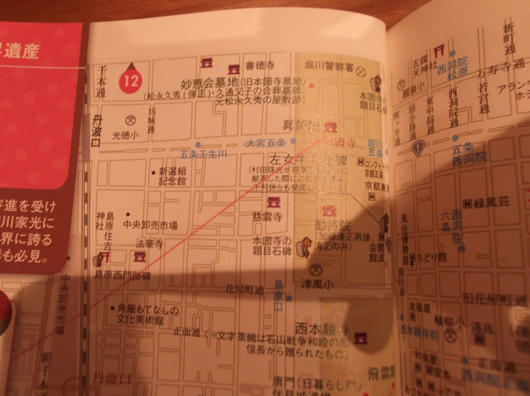
And here ends my report, strongly suggesting to all the Nobunaga fans to visit this interesting place if you happen in Kyoto... Expecially if you happen during one of the special events scheduled for the day!
/PRACTICAL INFORMATIONS
Reservation: Not required
Operating Hours: 1100-1700, Bar: 1800-0200, closes at 2400 on Sunday
Website: http://www.shinchou-saryou.jp
And that's all, I hope that you found this article exhaustive! If you have other questions about it, feel free to drop me a line here, I'll reply promptly ^_^
Daeva.